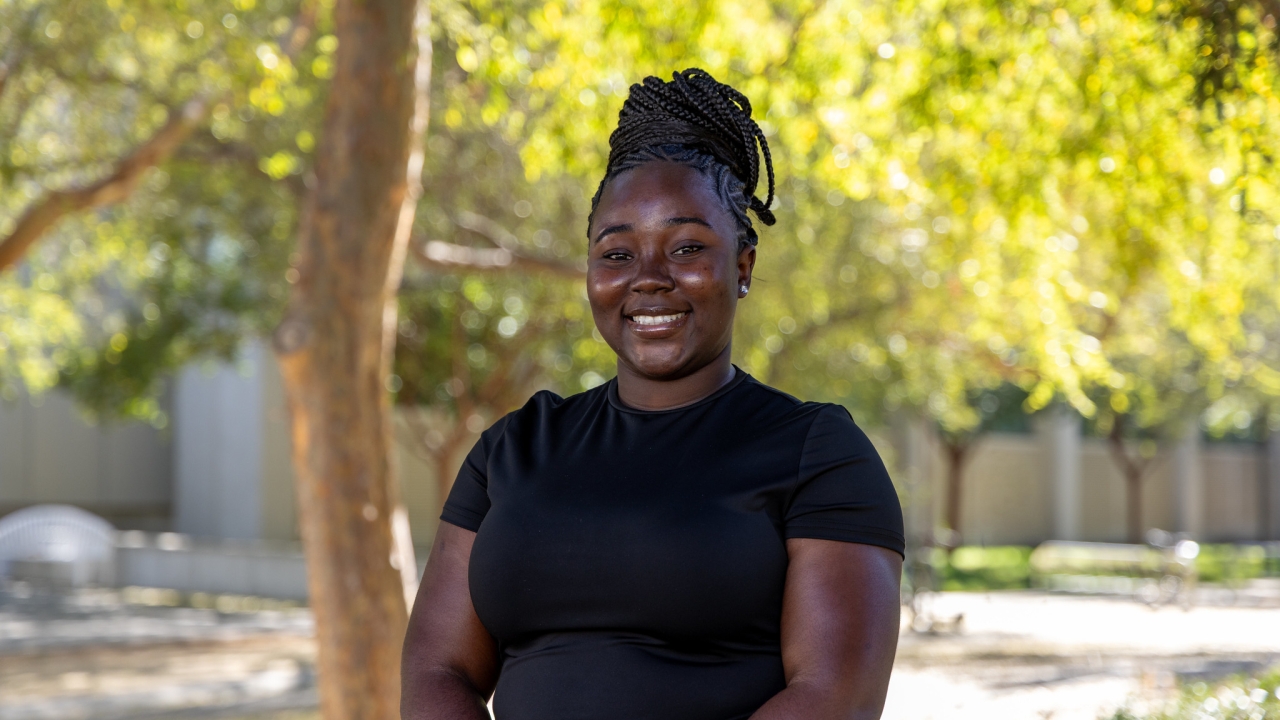Simon Cherry Elected to National Academy of Engineering
Simon Cherry, a Distinguished Professor in the UC Davis Department of Biomedical Engineering (BME), and co-leader of the UC Davis Comprehensive Cancer Center’s Biomedical Program, has been elected to the National Academy of Engineering. Cherry is being acknowledged for research that has put UC Davis on the leading edge of molecular imaging nationwide.
He is the 20th member of the UC Davis College of Engineering faculty to be elected to the prestigious academy. Cherry and the other members of this year’s newly elected class, including UC Davis engineering alum Adam Steltzner, will be inducted formally during a ceremony at the NAE’s annual meeting in Washington, D.C., on Oct. 9. There will be a reception to honor Prof. Simon Cherry at 5 p.m. on Tuesday, March 16 in the Bruce and Marie West Lobby of Kemper Hall; admission is free.

This honor follows October’s announcement that Cherry and BME colleague Ramsey Badawi, an associate professor of radiology and a PET physicist, received a five-year, $15.5 million National Cancer Institute Transformative Research Award grant to build a combination PET-CT whole-body scanner, which could drop the patient’s radiation dose by a factor of 40, or decrease scanning time from 20 minutes to 30 seconds. Such quick scans also could reduce the incidence of images blurred by patient movement.
Cherry earned a doctorate in medical physics in 1989, at the University of London. He joined the UCLA faculty in 1993, serving for eight years, and in July 2001 traveled north to become part of the UC Davis College of Engineering.
He directs the UC Davis Center for Molecular and Genomic Imaging, where his research focuses on positron emission tomography; multi-modality imaging systems; gamma and x-ray detector technology; 3-D image reconstruction; the use of imaging techniques in phenotyping and drug development; and the design of novel contrast agents and imaging probes, and their application in molecular diagnostics and therapeutics.
His textbook, Physics in Nuclear Medicine, co-authored with James A. Sorenson and Michael E. Phelps, was updated in 2012 with a fourth edition. Since January of that year, Cherry also has been editor-in-chief of the Institute of Physics’ journal, Physics in Medicine and Biology.
He is a Fellow of the Institute of Physics, the Institute of Electrical and Electronics Engineers (IEEE), and the American Institute for Medical and Biological Engineering. He received the 2007 Distinguished Basic Scientist Award from the Academy of Molecular Imaging, and the 2012 IEEE Edward J Hoffman Medical Imaging Scientist Award, for his “outstanding contributions to the field of medical imaging science.”
In June 2015, he received the IEEE Marie Sklodowska-Curie Award, for outstanding contributions to the field of nuclear and plasma sciences and engineering. He was recognized for his “contributions to the development and application of in vivo molecular imaging systems.”
Just two months later, he received an Outstanding Investigator Award totaling more than $5 million from the National Cancer Institute. That award, bringing more than $700,000 per year for seven years, will be used to expand Cherry’s research into optical and ionizing radiation, with the goal of developing innovative technologies and methods to improve the screening, detection and diagnosis of cancer.




